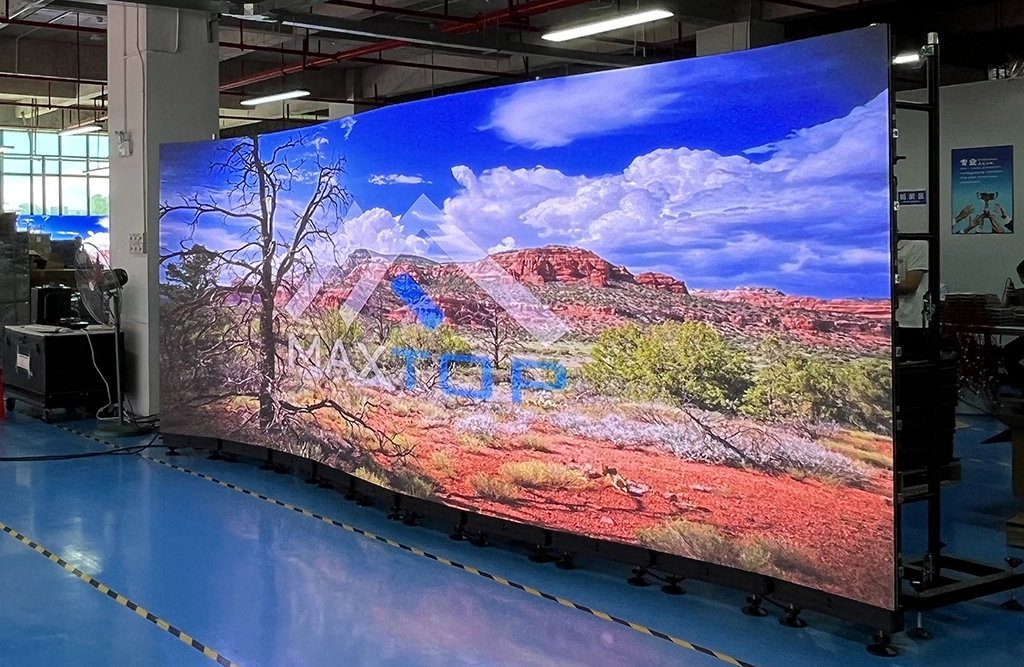Investigating the Durability of LED Display Panels in Comparison to Conventional Display Methods
Investigating the Durability of LED Display Panels in Comparison to Conventional Display Methods
Blog Article
Light-emitting diode wall panels have grown increasingly favored in recent years, especially in environments like schools, businesses, and public areas. These screens use light-emitting diodes (LEDs) to produce bright and vibrant images. One of the most notable benefits of LED innovation is its longevity compared to traditional screen methods, such as cathode ray monitors (CRTs) and LCD display displays. Understanding the differences in duration and functionality between these options can assist consumers make informed decisions about their display needs.
Classic display methods, like CRTs, have been around for numerous years. They were commonly used in TVs and computer monitors. However, CRTs have a limited lifespan, typically lasting approximately 10,000 to 20,000 hours of use. This means that after a couple of years, consumers may notice a deterioration in image quality, such as fading or color distortion. In comparison, LED panel panels can last considerably longer, often exceeding 50,000 hrs. This extended duration means that users can enjoy reliable performance without the need for regular substitutions.
Another important aspect to take into account is energy efficiency. LED panel screens consume less energy than traditional displays, which not only benefits the ecosystem but also reduces electricity expenses. For instance, while a CRT monitor may use approximately 100 watts of power, an LED screen can use as few as 30 to 50 W. This discrepancy in power usage contributes to the total durability of LED technology, as lower power usage generates less thermal top article energy. Excessive heat can damage electrical components, leading to a reduced lifespan for conventional screens.
In furthermore to their longer duration and energy conservation, LED panel panels also provide enhanced visual clarity. They offer brighter colors and improved differentiation, making them ideal for various uses, from advertising to learning presentations. The innovation behind LED panels enables for a wider viewing perspective, meaning that visuals remain clear and vibrant even when viewed from the side. This is a significant benefit over traditional screens, which often experience from hue distortion and reduced brightness at broader perspectives.
In summary, the longevity of LED wall screens compared to traditional display methods is a key aspect for consumers to consider. With durations that can surpass 50,000 hrs, power efficiency, and enhanced visual quality, LED innovation offers many benefits. As technology continues to advance, LED wall panels are likely to turn even more common in multiple settings. Understanding these differences can assist individuals and organizations make better choices when purchasing in screen innovation, guaranteeing they receive the best worth for their requirements.